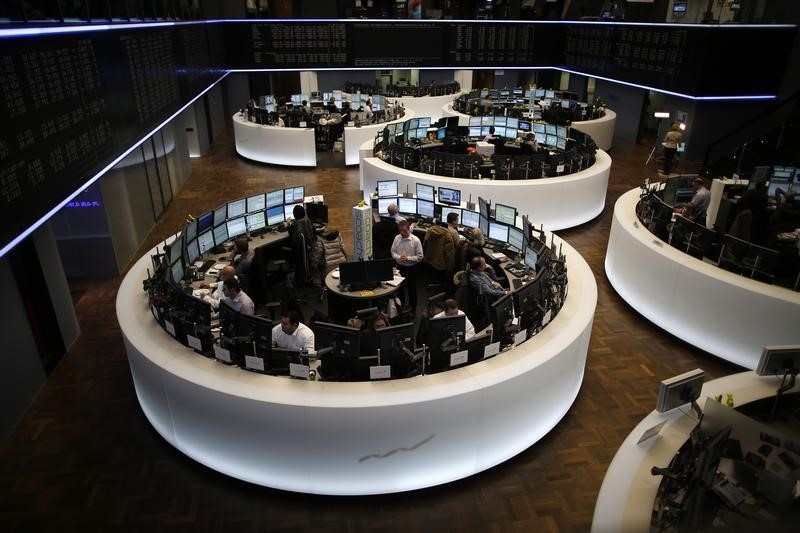Fed’s Powell opens door to potential rate cuts at Jackson Hole
(Adds commentary)
By April Joyner
NEW YORK, Feb 12 (Reuters) - The Cboe Volatility Index
.VIX , known as Wall Street's "fear gauge," ended below 20 for
the first time in nearly a year on Friday.
The VIX fell 1.28 points to end at 19.97. It had not closed
below 20 - near its long-term average - since Feb. 21, 2020,
shortly before the coronavirus pandemic roiled U.S. stocks.
In March 2020, as the benchmark S&P 500 .SPX tumbled more
than 30% from its most recent high, the VIX shot up to a record
closing level of 82.69. The fear gauge remained well above its
usual levels for months afterward. Even as U.S. stocks recouped
their losses and posted fresh record highs, it remained
elevated.
The VIX spent 246 consecutive sessions above 20, according
to Refinitiv data, its longest such streak since the financial
crisis. The index spent 331 sessions above that level between
August 2008 and December 2009.
In recent weeks, however, expectations for volatility in
U.S. stocks have largely receded on prospects for additional
fiscal aid and a full-scale rollout of COVID-19 vaccines later
this year.
The VIX's descent in spite of subdued movement in U.S.
stocks this week bodes well for future performance, said Thomas
Lee, managing partner at Fundstrat Global Advisors.
"This suggests that 'fear' is receding from the market," he
wrote in a research note.
